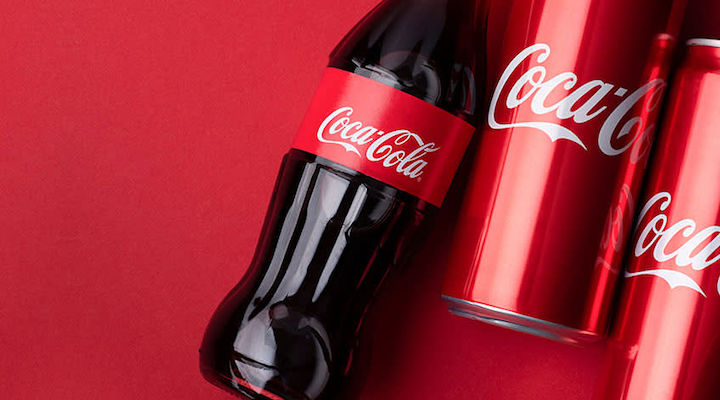Since the advent of paid ads on social media, performance marketing has reigned supreme, offering brands direct access to consumers and the ability to convert sales. However, as the marketing landscape for the retail industry has become unpredictable and increasingly expensive, brands are finding it challenging to cash in on performance marketing alone. There has long been speculation around the law of diminishing returns in performance marketing and brands’ decreasing conversion rat
on rates are starting to suggest the same.
Performance marketing will lead to sales but it is not a viable strategy for generating broader brand awareness.
Retail brands need a new marketing playbook for 2024 and beyond.
Is it really one or the other?
In the past, digitally native e-commerce brands have been able to capitalise on the ease and efficiency of performance marketing but this singular strategy might not be viable moving forward.
When Inside Retail asked leading digital marketing consultant Mark Baartse which of the two marketing strategies pays off in the long run, he countered that ultimately, “companies should use both”.
“Performance marketing is great at driving short-term revenue and is good from a cash flow perspective. However, it is a drug – the second you stop paying, the revenue stops coming,” explained Baartse.
“Brand marketing typically has a better return over the long run, but is also harder to execute and harder to measure effectiveness. I routinely see people approach brand advertising with a performance marketing mindset and then fail to see results,” he concluded.
However, there does appear to be one clear winner in the battle of the ads: Meta, the social media giant formerly known as Facebook, which also owns Instagram.
“Meta is a leader in performance marketing campaigns, and their infamous data harvesting has one primary purpose: finding people who are ready to buy, and they do it pretty well,” said Baartse.
But brands are not only bidding for ad slots on social media platforms, they are bidding for undeniably short customer attention.
The rising costs and decreasing returns of performance marketing have brands looking for new growth strategies. Enter brand marketing.
The resurgence of brand marketing
Amidst the rising costs of performance marketing and saturation of ads, there has been a callback to brand marketing which has been overlooked by some brands as a once retro or outdated strategy.
Brand marketing requires a different outlook and admittedly, a different budget, than performance marketing.
Investing in brand marketing is crucial for brand building and ensuring longevity past a viral product marketing campaign.
Baartse asserts there are three pillars to an effective brand marketing campaign for brands and retailers alike.
“First, the piece missed most often is having a clear idea who the customer is – most companies think they understand their customer, but when the data is looked into, they are almost inevitably wrong,” said Baartse.
“Secondly, moving from being product-led to being brand-led — with the brand aligned by customers.
“Third is having clear, relevant measures in place. If you are using ROAS [return on ad spend] to measure brand campaigns, you’ll have no luck,” Baartse concluded.
Legacy brands have long invested in brand marketing to create awareness, engagement and loyalty with consumers. Think Calvin Klein, Absolut Vodka, Rolex, Starbucks, Coca-Cola, McDonald’s and Nike.
The glory days of brand marketing saw retailers give their brands instant recognisability and a solid foundation for future performance marketing efforts.
Building out and sharing a brand story is an effective way to generate lasting connections with consumers but you have to be in it for the long haul with no expectations of an instant return on investment.
Touchpoints that brands commonly lean on to manufacture familiarity and relatability in brand marketing include but are not limited to: using the founder as a personification of the brand, ambassadorships with high-profile celebrities, maintaining a heritage logo and collaborations across industries.
“It’s a tricky journey and a mindset shift from those brought up on digital performance metrics,” Baartse said.




